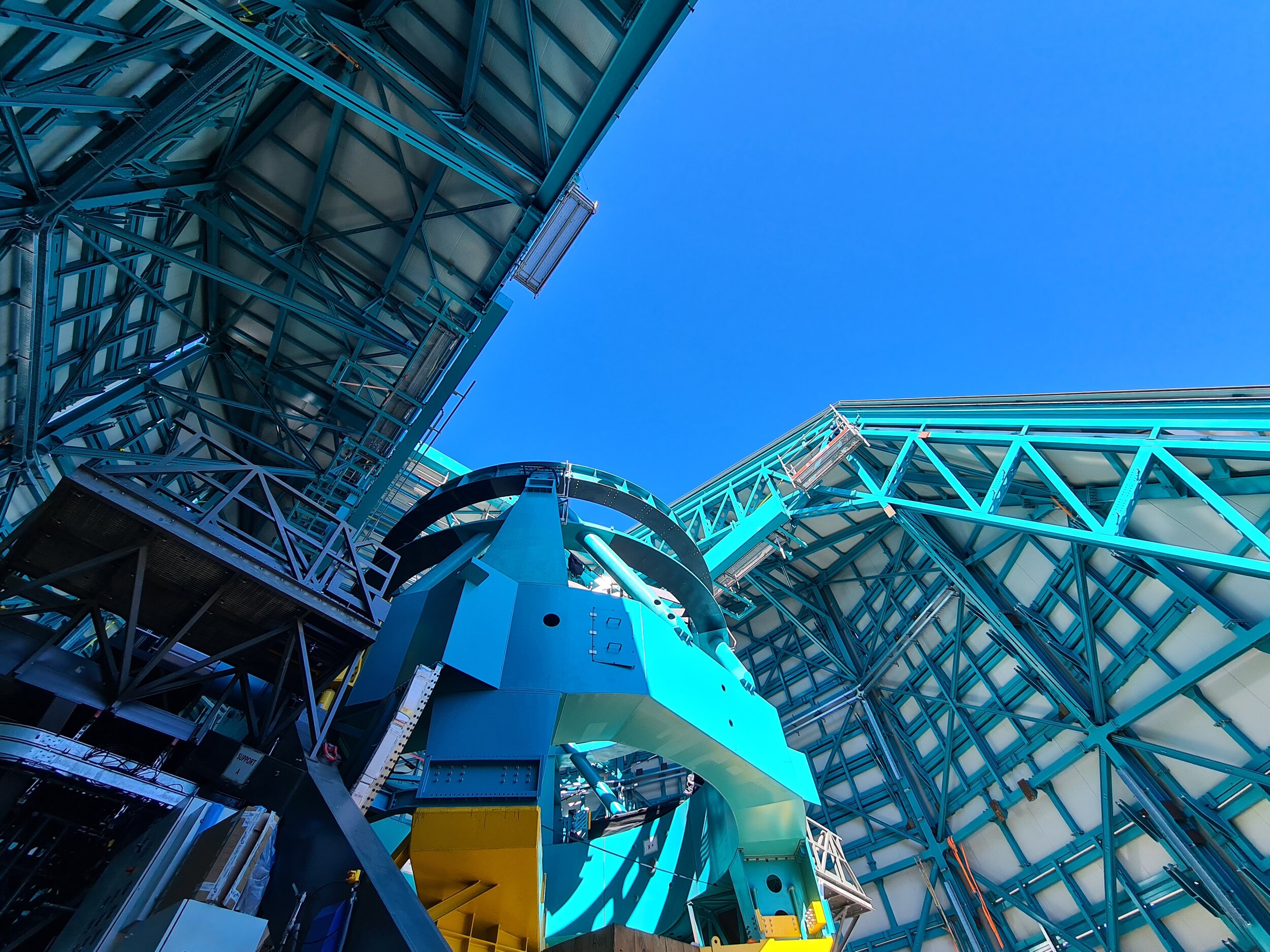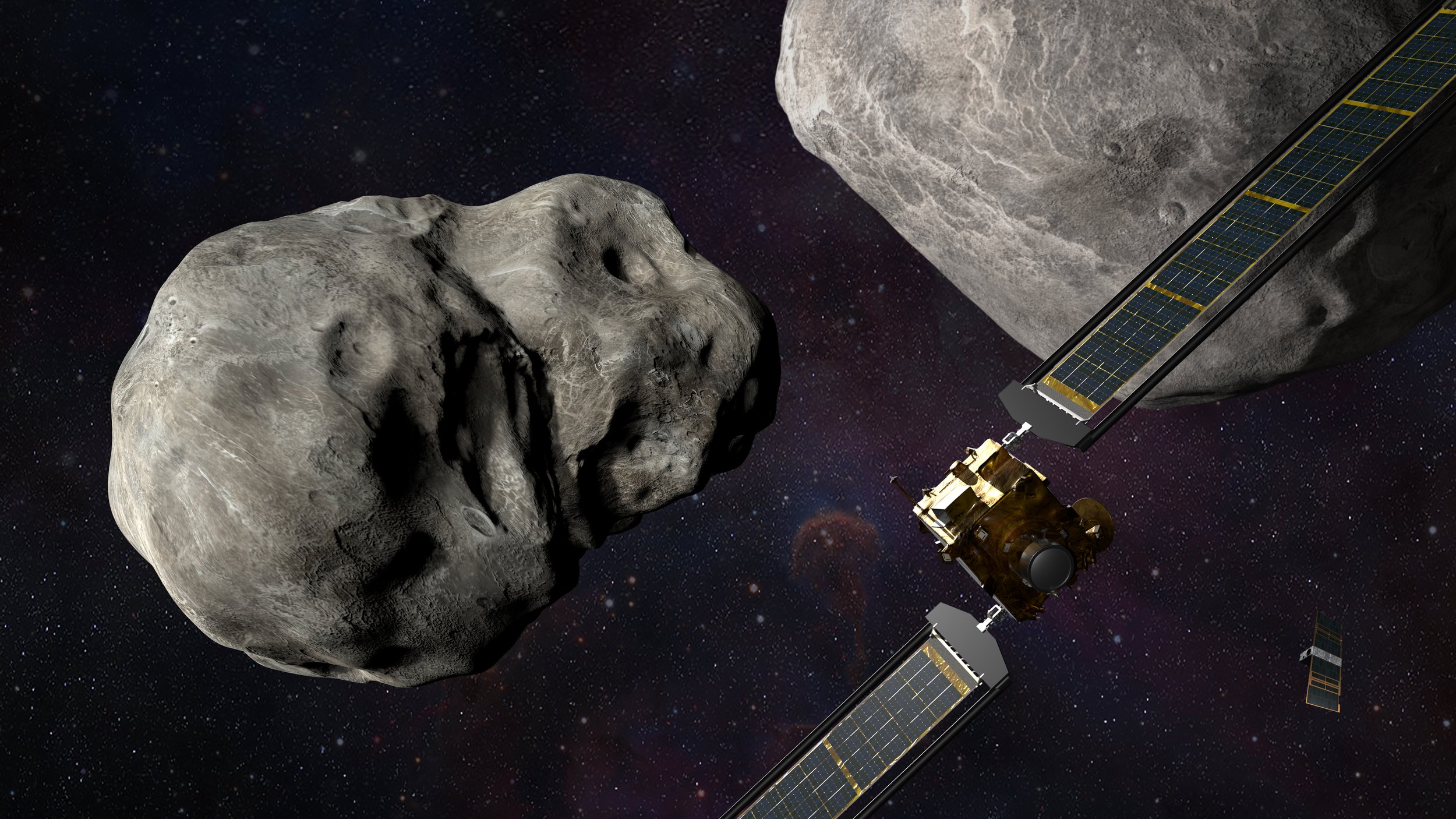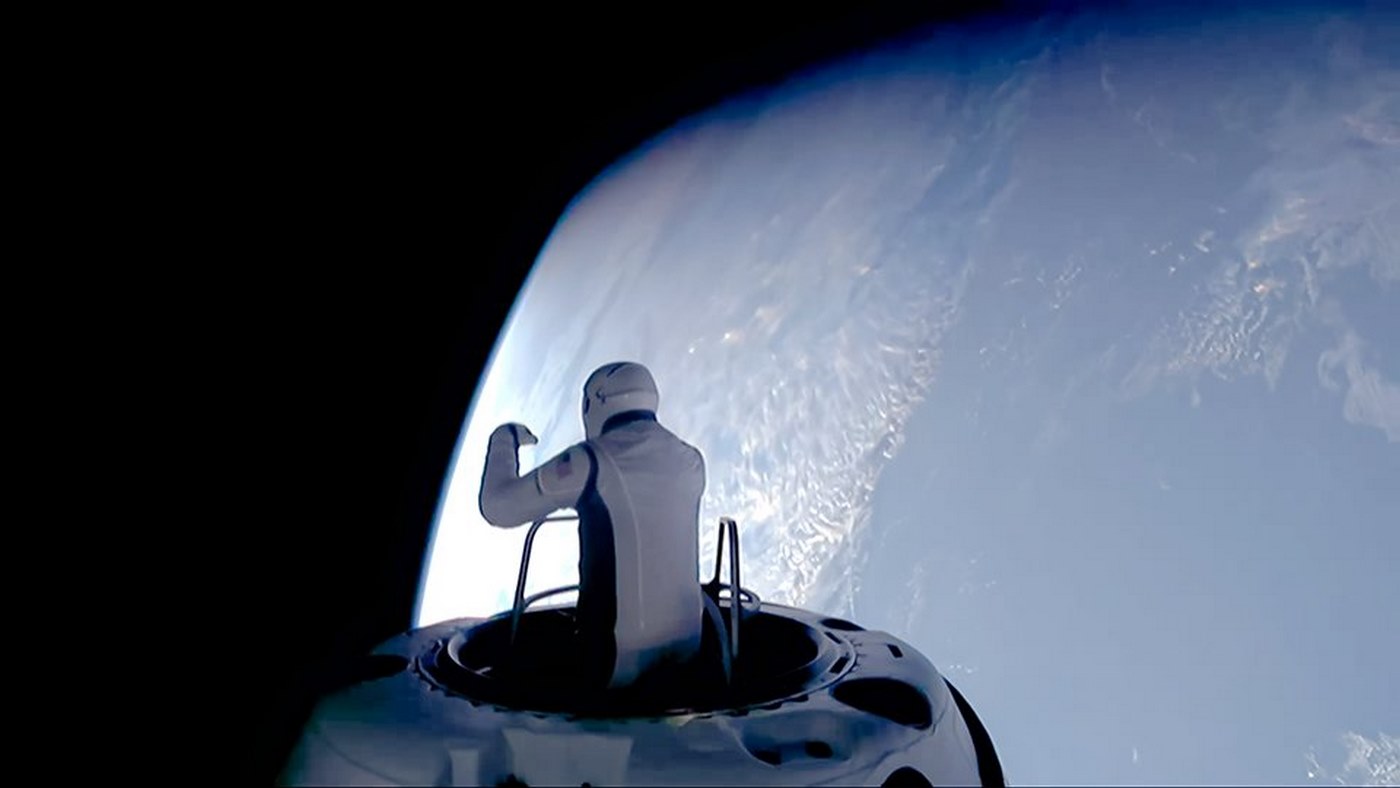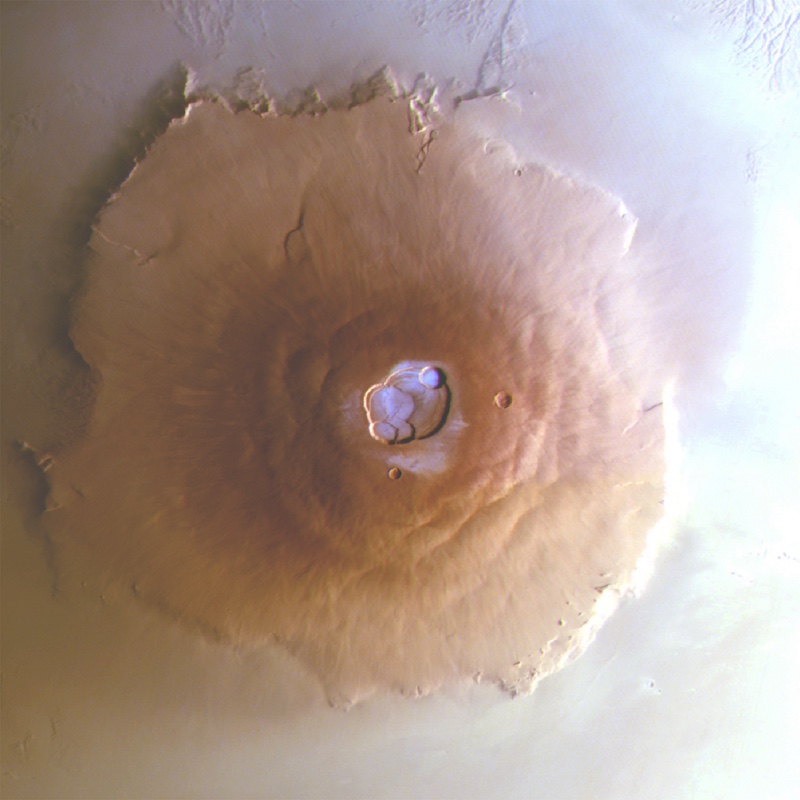PICTURED: The mammoth LSST Telescope at the Vera C. Rubin Observatory. PC: Rubin Obs/NSF/AURA.
Story at a glance…
-
Suggesting that the 2017 interstellar object “Ouamuamua was of technological make, Harvard astronomer seeks to build on his theory.
-
Starting the Galileo Project, he hopes to use various telescope arrays to survey the solar system and Earth’s atmosphere for UAP.
-
His designs were kicked off by a report from the Director of National Intelligence that reported UAP, or UFOs are real and need to be studied.
In his book released this year entitled: “Extraterrestrials: The First Sign of Intelligent Life Beyond Earth,” chair of the Harvard Astronomy Department Avi Loeb took a very unpopular stance that the first recorded interstellar object to cross our solar system, the 2017 “Oumuamua” object, could be a technological artifact of alien origin.
Entirely unadorned by a tin-foil hat, Loeb’s position at the time was that as long as everyone who attempted to describe it gave the description of a naturally-occurring object that had never been seen before by science, why not run experiments to see if it made sense as some kind of technology.
After 7-months and a report by the Director of National Intelligence on unidentified aerial phenomena (UAP), known as the modern designation of the more recognizable UFO, Loeb is in the headlines again, announcing his “Galileo Project,” a philanthropic search for interstellar technology hidden in the solar system.
Described as “a transparent scientific project to advance a systematic experimental search for cross-validated evidence of potential astro-archeological artifacts or active technical equipment made by putative existing or extinct extraterrestrial technological civilizations,” the project involves ‘scientists of various disciplines from Princeton, Cambridge, Harvard, Univ. of North Carolina, and others.
Loeb stated upon the announcement of the partnership: “After the recent release of the ODNI report on UAP, the scientific community needs the determination to systematically, scientifically and transparently look for potential evidence of extraterrestrial technological equipment”.
The project borrows from Galileo Galilei, who used telescopes he invented to discover four of the moons of Saturn, because the work will be done principally through telescopic arrays, both new and existing. They will be scanning the solar system for characteristics of Oumuamua-like objects, as well as right under our noses, in Earth orbit, and within the lower atmosphere.
“We now must ‘dare to look through new telescopes’, both literally and figuratively,” he concluded.
PICTURED: Professor Avi Loeb, author of Extraterrestrial. Photo credit: Aviloeb, CC 4.0.
New telescopes
It’s not just telescopes, but radar and cameras that the project hopes to use to capture UAP in and around our world. Beyond our world, the project has purposed using by the soon-to-be operational Vera C. Rubin Observatory in Chile to scan the solar system for incoming interstellar objects. We had only two month’s time to observe Oumuamua before it went out of range of our telescopes. Loeb hopes to use the Rubin Observatory to find them sooner, so we can study them better, and for longer.
“A picture is worth a thousand words,” the website states. “For example, a megapixel image of the surface of a human-scale UAP object at a distance of a mile will allow to distinguish the label: “Made in Country X” from the potential alternative “Made by [extra-terrestrial civilization] Y” on a nearby exoplanet in our galaxy”.
The Rubin Observatory has a mirror the size of a tennis court, and will conduct a 10 year survey to produce the most detailed map of the universe ever made through gathering 20 terabytes of data every night.
In addition, Galileo says they will work to dream and design, perhaps in “collaboration with interested space agencies or space ventures, a launch-ready space mission to image unusual interstellar objects such as Oumuamua by intercepting their trajectories on their approach to the Sun”.
Now that Loeb is taking his alien-consideration into serious work, he’s drawing even more serious attention. WaL reported some of the off-color comments made in regards to Loeb’s suggestion that Oumuamua was an alien artifact of some kind, but clearly more open-minded people got the message. Four donors choosing to remain anonymous made contributions totaling $1.75 million to help launch the project.
Science admits that researchers at the Search for Extraterrestrial Intelligence (SETI) whom surprisingly Loeb has not always seen eye to eye with, would be delighted to see the results of a powerful observatory like Rubin getting a close personal view of the next Oumuamua.
Avi and Avril
The Office of the Director of National Intelligence, Avril Haines, produced a report that conservatively-ranks as something probably every American should read, as it essentially gets out ahead of the Netflix Doc. Bob Lazar Area 51 and Flying Saucers, and the various Joe Rogan podcasts on which he had members of the U.S. military to talk about encounters with UAP.
In 2019 these alternative media sources were creating a rebirth in the interest in UFOs, and there was even a mass social media campaign to storm Area 51, which a few million people RSVP to over Facebook. Only two people actually attempted to enter the Air Force Base and were detained, while the organizer turned it into a rock concert and moved it to Las Vegas.
The report though does mention some significant things. For example, they suggested or stated…
-
Most of the UAP do, in fact, represent physical objects.
-
They cannot by any means be explained in the same way.
-
The Intelligence Community are standardizing the reporting methods across the military branches after an incident of UAP.
-
Between 2004-2021, 144 UAP were recorded, and 80 were recorded on multiple sensor arrays (radar, weapons systems, camera, etc.)
-
Sociocultural stigma will affect any reporters of UAP incidents.
-
Patterns of size, shape, and especially propulsion habits, have emerged in the UAP data.
-
A handful of UAP possess advanced technology (remaining stationary in winds aloft, moving against the wind, maneuvering abruptly, or moving at considerable speed, without discernable means of propulsion.)
-
The UAP Task Force should improve data collection, and use AI/deep learning systems to process UAP so as to quickly move beyond claims of weather balloons, birds, etc.
-
There should be more money in UAP detection and research.
-
They probably pose a risk to national security, especially when, as in some instances, they demonstrate a breakthrough aerospace technology.
“In the courtroom, corroborating eyewitness testimonies can lead to a life sentence in jail,” writes Dr. Loeb in an essay on the topic. “But in science, such testimonies are of limited value. Science mandates quantitative measurements by instruments, removing the subjective impressions of humans from the balance scale of reliability”.
He continues in a way that brings sparkles to the eye of anyone who dreams we will find intelligent life in our lifetimes: “Even the best UFO reports stem from a jittery camera on a fighter jet maneuvering along an unknown path. Such a UFO report does not constitute a standard scientific measurement in a reproducible setup”.
“Rather than dismiss the Pentagon evidence as insufficient, scientists should be motivated to replicate it with better instruments”.
Indeed Loeb builds many bridges with his enthusiasm for the topic, pointing out with an interview with WaL in January that “scientists have a duty to address subjects that are of interest to the public because the public funds science”.




